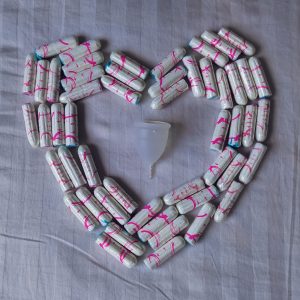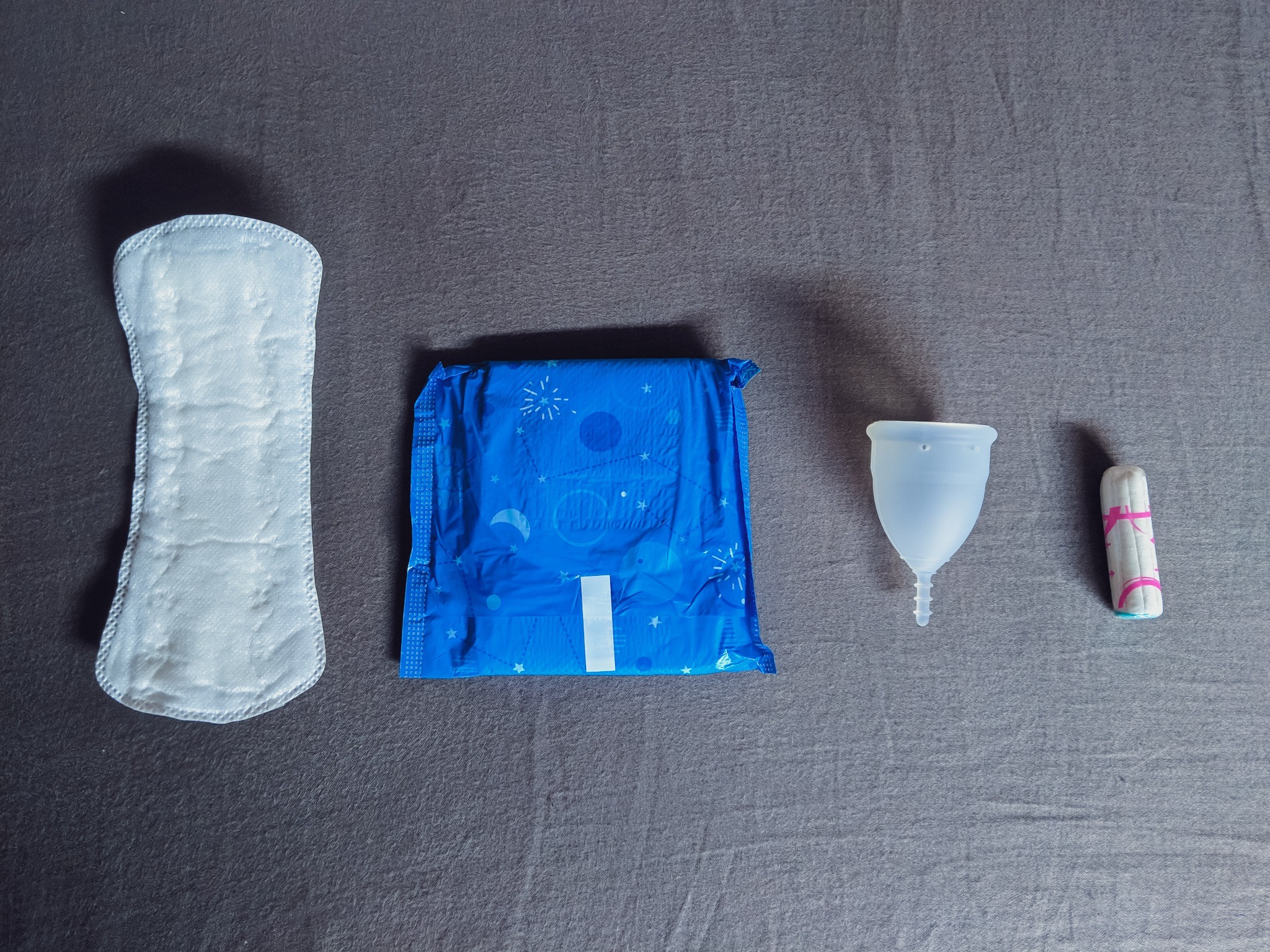Menstrual cups may seem like a scary option for feminine hygiene during your period, but now that I have tried it, I cannot advocate them more.
It is a convenient re-useable cup that helps save the environment and saves you money.
Even with all its benefits, the idea of it can put off some, who feel that using it is too intimate and messy.
However, after using it for a few periods, I can safely say that it has changed the game for my period.
I did not find it as messy as expected and had no leaks when it was properly inserted. I found that after just one or two uses, I had got the hang of it.
It was amazing how easy it made my period: changing only twice a day in the comfort of my own bathroom and with a quick wash, back in it goes.
Menstrual cup – if you feel comfortable and are able to use a menstrual cup I highly recommend it, not only will it save tonnes of money in the long run, but it is non-toxic and softer for you and the environment pic.twitter.com/PxU3hvuOdw
— grace (@GraceVegan) April 16, 2019
What is a menstrual cup?
A menstrual cup is a flexible medical-grade silicone or rubber latex cup that you insert into your vagina to collect menstrual blood and discharge. They usually come in two sizes, the larger one recommended for women who have given birth or are over thirty.
Menstrual cups have actually been around for decades as they were first invented in 1932 by midwives and were made of hard rubber.
You get all kinds of menstrual cups to meet your period needs: smaller ones for teens, different shapes for a better fit, collapsible ones, disposable ones, thinner ones that you can wear during sex, and “organic” ones like the OrganiCup which is hypoallergenic and toxin-free.
You would change a menstrual cup as often (if not less often) than traditional disposable pads/tampons which are bad for the environment, end up costing more in the long run, contain harmful chemicals like bleach and others that are carcinogens, which all can negatively affect PH balance.
The cup can hold three “super tampons” worth of blood, around 25ml. The cup is not only convenient, healthier and environmentally friendly, but it also saves money long-term as it can last up to 10 years.
If you are interested in finding yourself a menstrual cup, check out some of the best on the market.
How do you use a menstrual cup?
The menstrual cup is easy to use. Before your first use, boil the cup to sterilise, wash it, fold, insert, feel around the base to make it “pop” and then you can wear it for up to 12 hours. Removing it is fairly simple but requires some pushing of your pelvic floor muscles. Squeeze to break the seal, remove, discard, wash and re-insert. Easy as that.
There are many different ways you can fold a menstrual cup but the two of the best include the C-fold/U-fold, where you simply fold it in half (to look like a “c” or “u”).
It might be too wide for some, so another recommended fold is the punch-down or shell fold where you push the top lip of the cup down towards the bottom side and squeeze together, creating a smaller shell shape. The main takeaway is that you have to try different folds to find what works for you.
Isn’t it icky?
Yes, menstrual cups deal with menstrual blood, but it is a natural part of the female body and should not be seen as something “gross”.
If you are worried about the mess it can make when removing or inserting, simply try limit changing to when you are at home – in the shower or over the toilet.
In all the times I have used my menstrual cup, I have yet to drop it and spill anywhere. As your blood is thicker, it just “spilling out” is unlikely. It’s easy to grip, so you just need to get the hang of it and you won’t be spilling menstrual blood all over the floor.
The other thing which could bother some is how intimate you get with your vagina. To use the cup, you need to be comfortable with reaching into your vagina but if it is any consolation, you do get used to it quickly.

if u aint squeamish with blood and dont mind reaching ur fingers up in ya vag i highly recommend a menstrual cup that baby has turned around my whole life
— ☆♡° nessu °♡☆ (@nessxmari) April 16, 2019
What about leaking?
You would be surprised at how little blood you lose during your period. Leaking is only really possible if you do not insert the menstrual cup correctly or if you leave it in for longer than 12 hours.
If you are worried about leaking, wearing a pad or pantyliner solves the problem, however, I have yet to leak, even if I’ve worn my cup for more than 12 hours.
What’s so good about it?
Menstrual cups companies are also socially aware, by connecting with charities and doing more for good, like the Mina Cup that helps South African schoolchildren escape period poverty in rural areas.

If you get periods and have the means to get a menstrual cup, it is really worth it!!! They make everything ~sooo~ much easier and are also a more zero-waste option!!!!
— pretty nice (@isaboii) April 17, 2019





